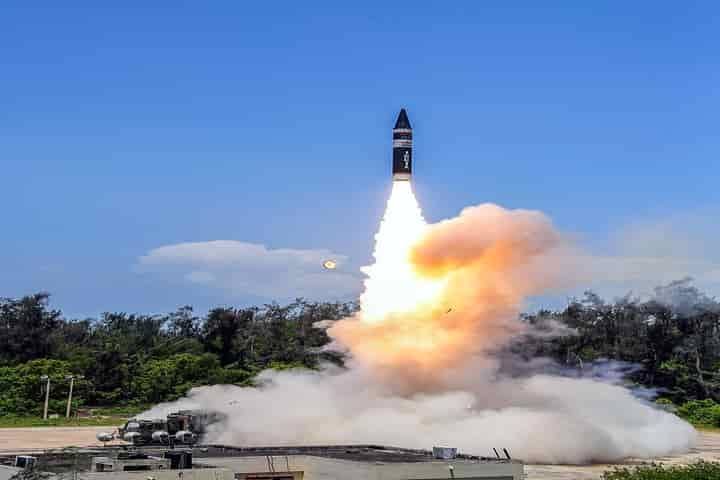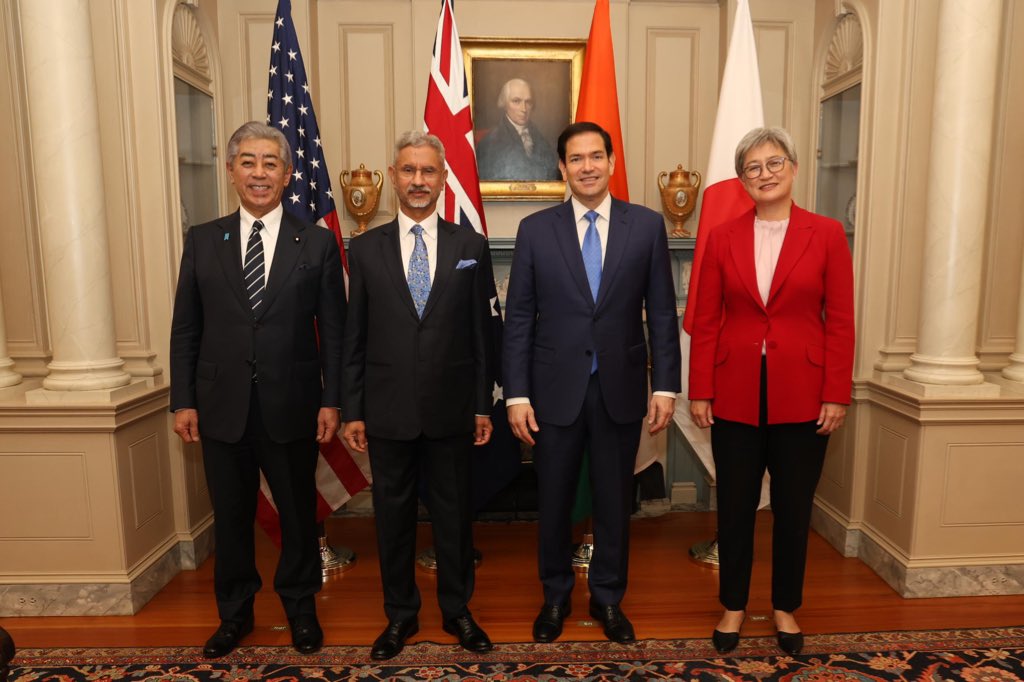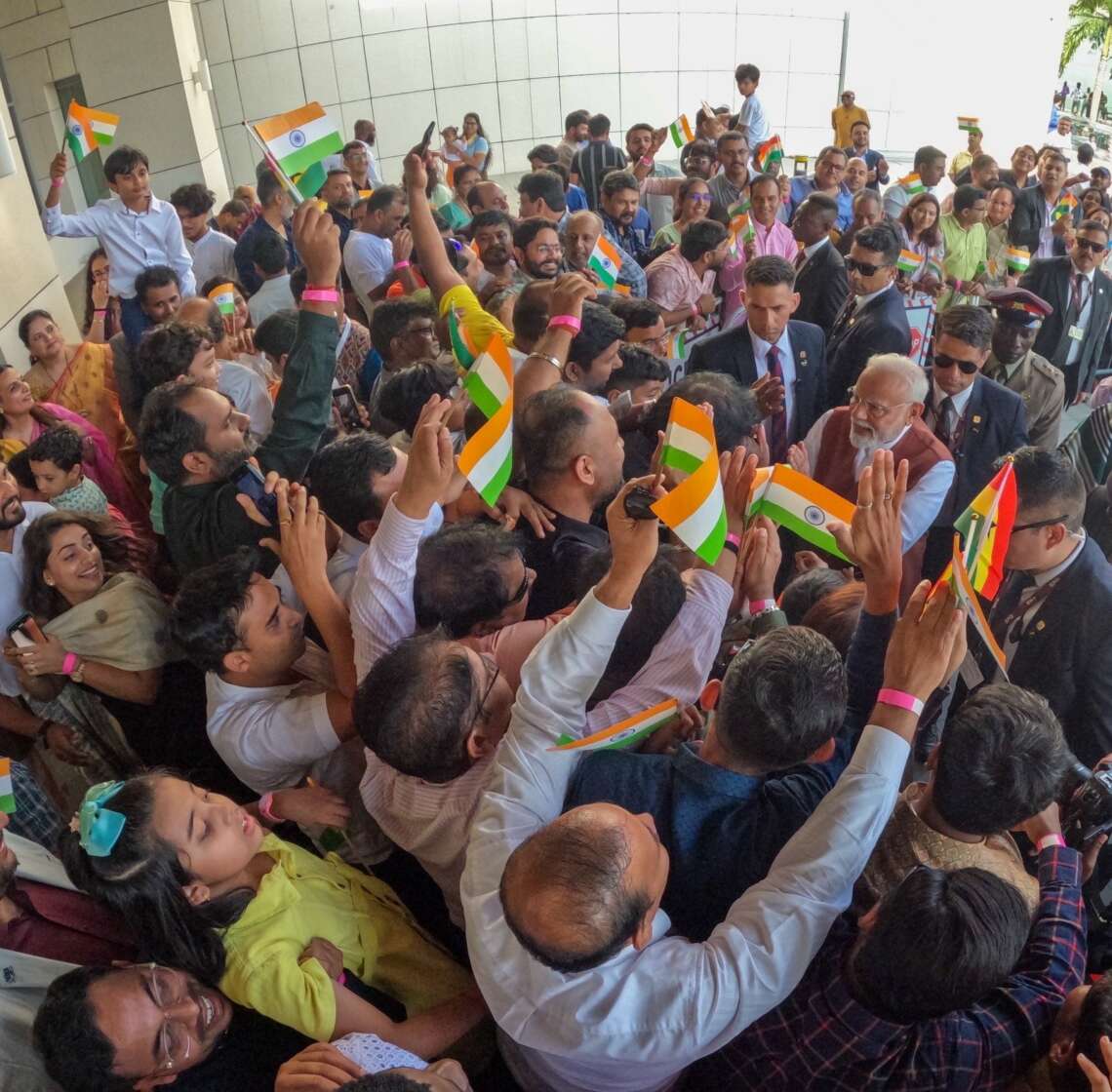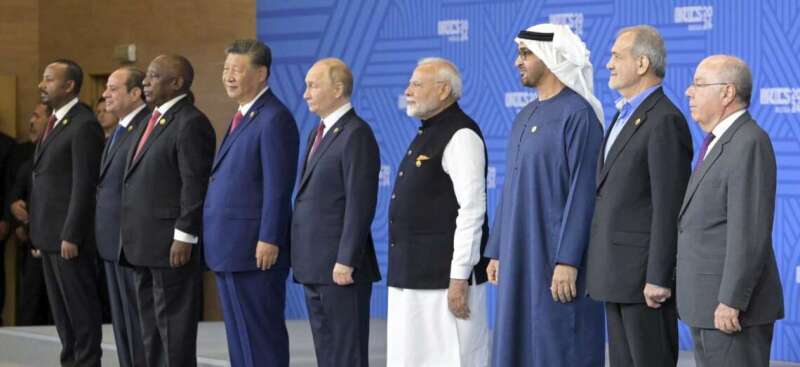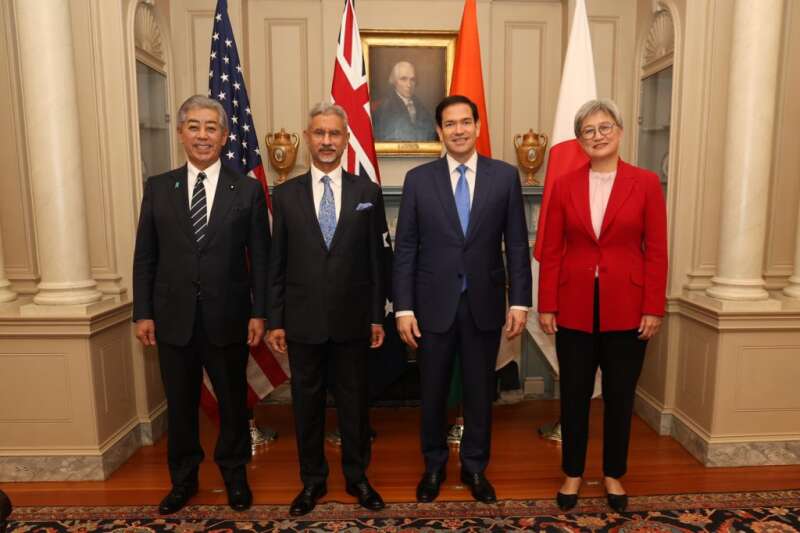Analysts see the Agni-P as an equaliser to the China’s DF-21D missiles customised to attack aircraft carriers, up to an 1800 kilometres distance with conventional warheads, reports Atul Aneja
India’s demonstration of its intent to build “carrier killer” missiles by test firing the Agni P on Monday is part of New Delhi’s energetic effort to prepare for an assertive role in the Indo-Pacific where China is flaunting its military muscle.
Potentially, the missile would be able to target Chinese aircraft carriers, and blunt their cutting edge in the future. From and Indian perspective this is all the more necessary as Chinese state-run media in the past has argued that Beijing must have six aircraft carriers by 2035.
China’s state-run motormouth tabloid, The Global Times had earlier quoted Yin Zhuo, a senior researcher at the People’s Liberation Army- Navy (PLAN) Equipment Research Centre as saying that “China needs two carrier strike groups in the West Pacific and two in the Indian Ocean. So, we need at least five to six aircraft carriers,” to protect the country’s maritime interests.
The daily also paraphrased Xu Guangyu, a senior adviser to the China Arms Control and Disarmament Association, who said that “future” aircraft carrier groups would require access to overseas logistical bases in countries such as Pakistan and Sri Lanka.
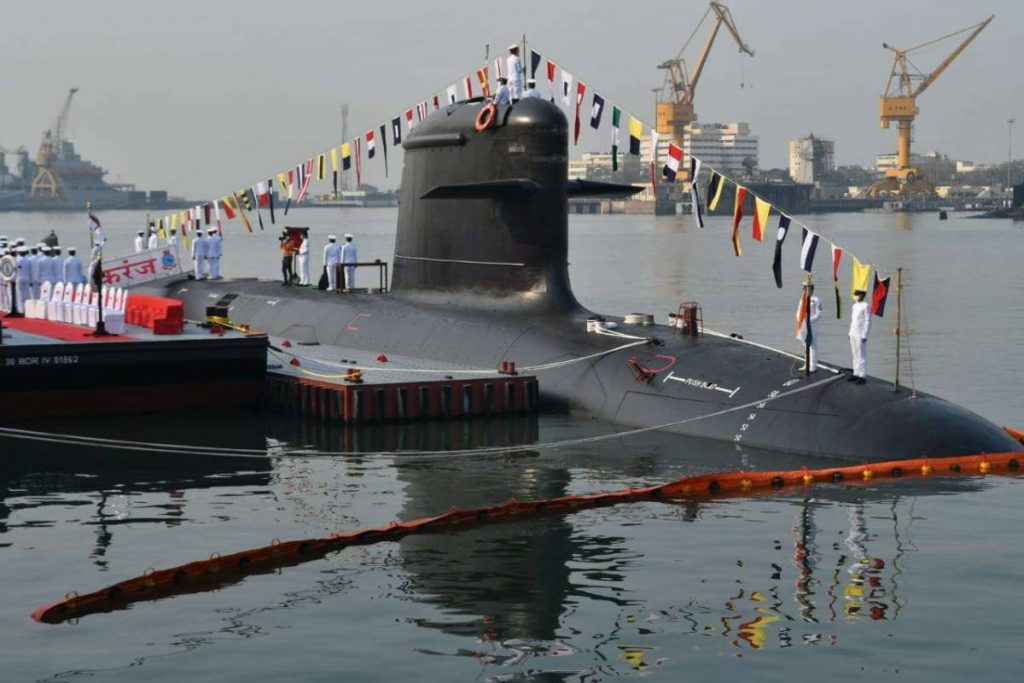
Analysts see the Agni-P as an equaliser to the China’s DF-21D missiles customised to attack aircraft carriers, up to an 1800 kilometres distance with conventional warheads. China has developed this weapon to undermine the US navy’s capacity to dominate the Indo-Pacific on account of its much larger fleet of aircraft carriers-floating airfields which can exercise “sea control”. The Chinese have also inducted the sister DF-26B missile in its arsenal. Netizens also call this Intermediate Range Ballistic Missile (IRBM) “Guam express” or “Guam killer” because it can, with its 5000-kilometre range, target the giant US military base of Guam in the Pacific with nuclear warheads.
The Agni P is part of a much larger arsenal that India wants to deploy in the Indo-Pacific region to effectively deter China in the maritime domain.
ALSO READ: China Targets Uyghurs Living Abroad To Suppress Protest
At the heart of India’s new Indo-Pacific defence posture is its submarine fleet, which is being rapidly revamped. The key to refurbished deterrence are the changes to the 30-year submarine plan which was approved in July 1999 under the leadership of former Prime Minister Atal Bihari Vajpayee. The original plan had envisaged induction of 24 diesel attack submarines, the Hindustan Times reported.
But in view of China’s military rise and aggressive posturing, the navy, instead, now wants to induct 18 conventional diesel attack submarines including those with air independent propulsion-a technology that makes conventional submarines hard- to- detect because they can stay underwater for much longer periods.
Besides, it also wants to have six nuclear attack submarines or SSNs, which are powered by nuclear engines, but do not deploy atomic weapons. This is a China-centric change in view of Beijing’s rapidly expanding nuclear submarine force, which includes Jin class nuclear submarines, deploying Jl-12 Submarine Launched Ballistic Missiles (SLBMs), which have a range of 7,400 km.
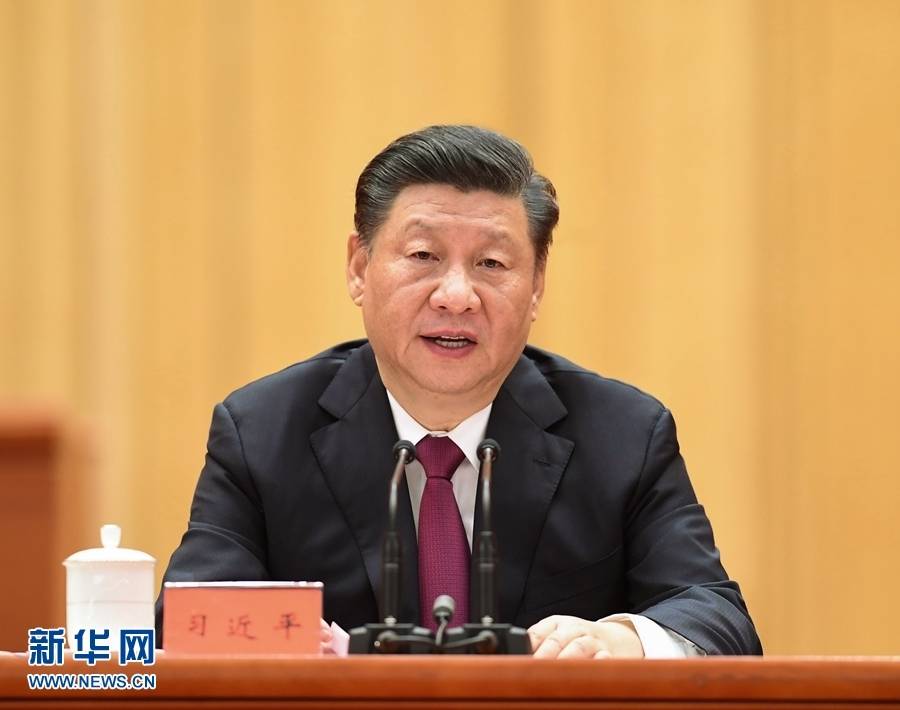
Currently, India has leased one Akula class nuclear submarine from Russia, called INS Chakra. It has also inducted INS Arighat, which can fire ballistic missiles. India’s Strategic Forces Command (SFC) exercises command and control over these underwater platforms. In fact, it is the SFC that exercises operational control over all ballistic missile firing submarines, also called SSBNs.
In tune with beefing up its submarine arsenal Indi has tested K4 SLBM. The 3,500-km range K4 missile, which can be launched from Arihant class nuclear submarines of which INS Arighat is a part, adds a new dimension to India’s second-strike capability-the ability to carry out a retaliatory nuclear attack after absorbing an initial attack by an atomic weapon. The newly acquired heft to carry out a crushing nuclear counterattack with an Intermediate Range Ballistic Missile (IRBM), from a concealed underwater platform, steels India’s nuclear deterrent.
The K4’s 3,500 km reach, which can cover the entire Pakistan and the industrial heartland of China, helps in providing assured deterrence in the region, which includes the 10-nation Association of SouthEast Asian Nations (ASEAN) and other territories in the West Pacific.
With an eye on China’s forays in the Indo-pacific, India also deploys Su-30 multi-role fighter jets at the Thanjavur airbase in Tamil Nadu. Analysts say that with mid-air refuelling, the Sukhoi would bring the Malacca straits, the strategic link between the Indian and the Pacific Ocean within its strike range. Besides, the Su-30 fighters will deploy the deadly BrahMos supersonic cruise missiles-a highly potent joint venture enterprise of India and Russia.
(This content is being carried under an arrangement with indianarrative.com)


